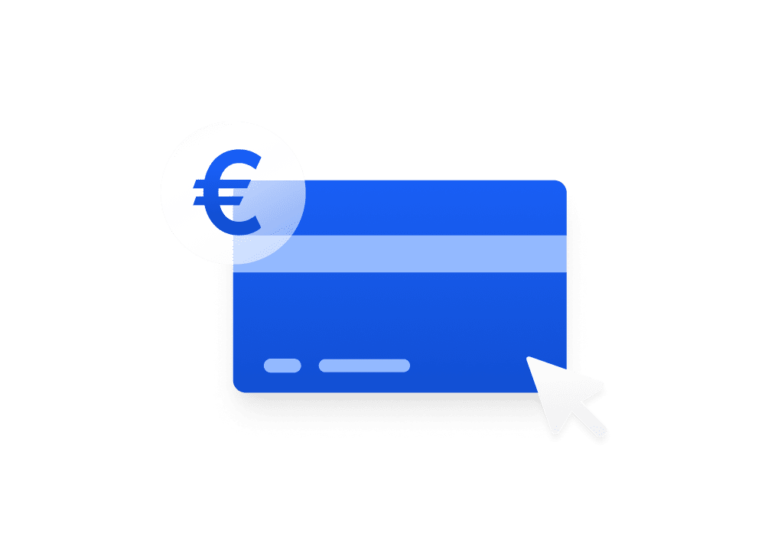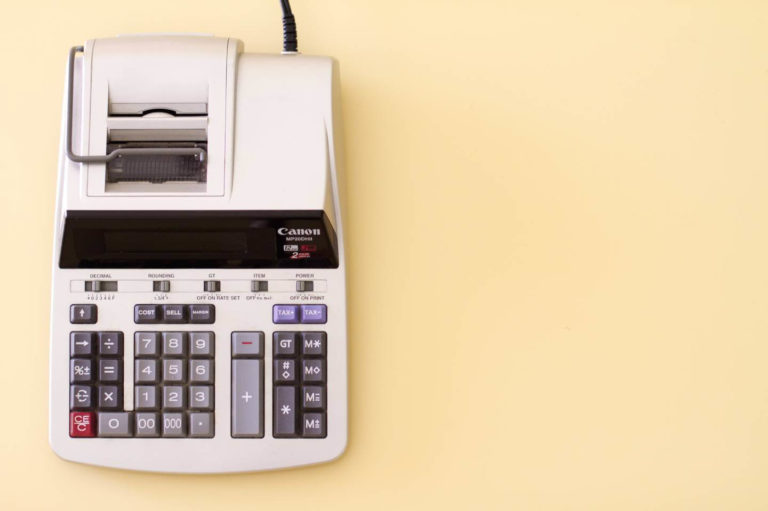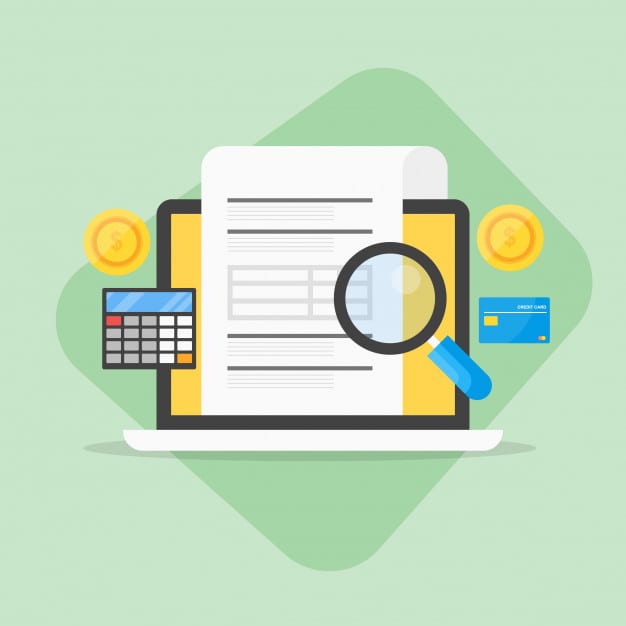As a small business owner, you will at some stage face the situation where you have a delinquent account where a customer or client has failed to pay you, and dealing with this delinquent account and general customer delinquency can be a stressful and time-consuming process.
After all, in the early days of your business, it is cash flow that is the most important aspect and if your cash flow is being negatively impacted by a customer or client who has not settled his delinquent account, you could find yourself running out of money.
Dealing with a Delinquent Account
By definition, a delinquent account, or delinquent debt, is any situation where an invoice has been generated and after 30 days it remains unsettled. Simply put, it is money you were owed a month ago in return for your goods or services provided.
As a business owner, the big question is—“How do I settle this delinquent account and get the delinquent customer or client to pay?”
Here’s how.
1. Be firm but friendly
It is easy to be too nice to customers who have been given an inch but taken a mile, especially if they have a good excuse for not making payment. No matter what the reason for non-payment is, you need to be firm but friendly and fair towards the customer or client.
You don’t want them to feel like you are a soft touch or a pushover, however, at the same time, you don’t want to sour the relationship you have built. Demonstrate your willingness to work with them to resolve the debt but be firm at the same time.
2. Send out reminders
Email and letters are great ways to remind your customer or client that they have a delinquent account. Not only is it easier than contacting them over the phone, but you can record an email or letter for your records.
In many cases, delinquent accounts can be caused simply by customers forgetting about them, especially if you are dealing with stretched business operators.
3. Have a policy in place
It is always important to have a delinquent account process in place that you can turn to if and when you face the problem of non-payment. A debt collection policy is always good to have, and it should form part of any contracts or agreements.
Doing this means your customer or client will know exactly what to expect should they not pay their invoice(s).
4. Keep your invoices simple and clear
When you send an invoice out to a customer or client, make sure that it is obvious what you are sending. Clearly mark the email or letter with the word INVOICE and states clearly what you are charging for, at what rate, and how they can pay.
It also helps to include information such as your website, email address, or physical address, too. Include any and all information that is pertinent to what you are charging for so that your customer knows straight away.
5. Make it easy for the customer to pay
It is always a good idea to provide as many payment options as possible to your customer or client. Not everybody has a checking account or can make a wire transfer. There are many different payment options available, for example—direct debits, checks, payments in person or over the phone, and PayPal, amongst others.
The more payment types you accept, the easier it becomes for your customer to pay you and they will be less likely to put your invoice on the to-do pile because they need to find a way to pay it.
Dealing with Delinquent Customers is Often Simple
Most of the time, a delinquent account is being caused by something other than a malicious customer who simply doesn’t want to pay his or her bill.
There are many ways you can approach this situation and it, of course, depends on your individual circumstances, however, we highly recommend taking the above approach and taking all steps to ensure that your invoices are clear, easy to pay, and you have a policy in place that makes the process not only simpler, but known to your customers.











